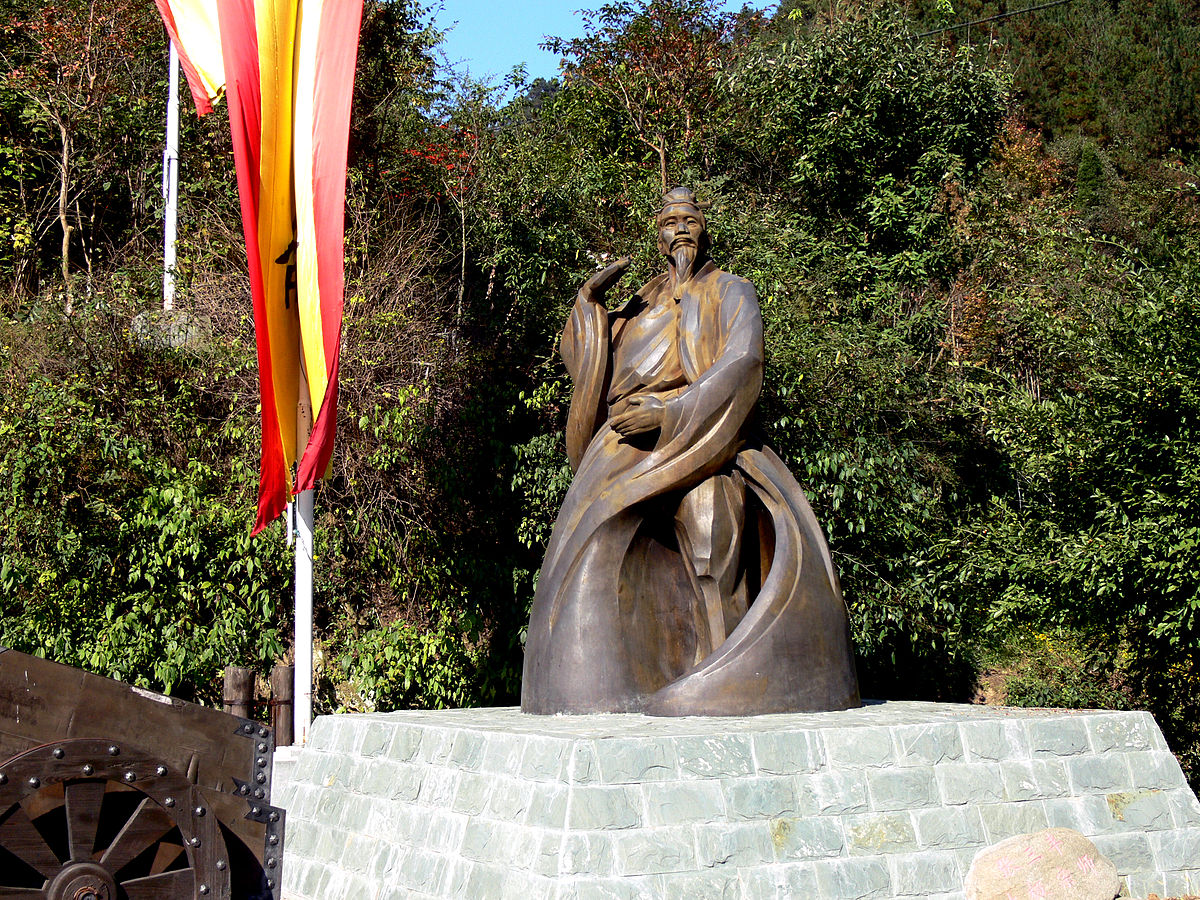
Tai Chi And The Wrong Shoes
One of the first questions I’m often asked by new students is, “What do I wear for class?” The answer is pretty simple: wear comfortable-fitting clothing and flat, trainer-like shoes. But then the subject rarely comes up again.
Actually, the right shoes for tai chi class is an important discussion. Because if the footwear is wrong, you could cause yourself injury.
If you have spent much time looking at trainers within a sports shop, you’ll know that not all trainers are equal. They vary a lot, not just in price, size and aesthetics but also in function.
The good news is that finding the right tai chi footwear is easy and inexpensive, too.
Here’s How You Know What Shoes To Wear For Tai Chi
The important points to check are:
- No heel
One of the key aims of tai chi is balance. After a short time of practising, we are more stable when walking, standing, balancing or squatting. If we have a bouncy heel or one that pitches the foot forward, balance is more difficult to accomplish. - No or limited traction
Most shoes for athletics are designed with soles that have a grip to prevent you from sliding. To begin with, that’s okay in tai chi class, but you’ll soon want to change to footwear without grip.
In tai chi, your foot is frequently rotating, which can strain the knee if there is a drag. This is the greatest cause of tai chi knee pain. As you progress, you won’t have weight on a foot that is rotating, but this will take a bit of practice before you do it right. - A low profile around the ankle
Make sure the sides of the shoes do not come up above the ankle bone, enabling the ankle to rotate.
You can buy “tai chi shoes” or “kung fu shoes” easily over the internet. However, a word of caution. I’ve often found these to be smaller than advertised, quite dramatically sometimes, requiring two or three attempts at sending them back and forth via the post to find the correct size. The easiest and cheapest approach I’ve found is to go to your local sports shop and ask for kung fu shoes to try on (yes, tai chi is kung fu), plimsolls or a trainer that meet the three key points mentioned above.
Traditional tai chi shoes are usually cotton shoes, providing the benefit of giving you an immediate connection with the ground. They’re comfortable, really cheap, very light and easy to carry. However, they wear out on the pavement, get dirty and provide little protection from the stony ground. They are not ideal if the class is on a gloss or slick floor either.

For something that is a cross between traditional tai chi shoes and sports shoes, you can also find rubber traditional tai chi shoes. They last a long time, are comfortable and still very inexpensive. Because they are more versatile and weather-resistant, I chose these over cotton shoes. On the downside, they tend to stretch out of size quite quickly.
The other option is Tai Chi athletic shoes. Feiyue is a good example, but many brands provide cross-fit shoes with minimal tread and no heels.
What about socks or bare feet?
Tai Chi in socks or bare feet is generally a bad idea. First, there’s hygiene to consider. Then there is safety. Remember that we are pivoting, stamping our feet, sliding and working on our stability during Tai Chi. It could end up feeling pretty painful.
That said, if I’m practising at home on the long carpet or fortunate enough to be on a beach, then bare feet feel great and possibly safer than playing tai chi while wearing shoes.
I’m fortunate not to have experienced anything silly as an instructor to date. But, spending time with other tai chi instructors, I’ve heard some stories. People, for example, who turn up to practise tai chi in high heels, sandals or flip-flops (for the avoidance of doubt, none of these examples was me)! Another, someone turned up, and the instructor couldn’t help but sense something didn’t look right. It turned out that the student was wearing their husbands’ shoes, several sizes too big for them! So, don’t do these things either. 😀
I hope that’s helpful. I look forward to finding out what works for you.
“Absorb what is useful, discard what is not. Add what is uniquely your own.”
Bruce Lee
REGISTER FOR A FREE TAI CHI CLASS
Visit our mother site, taichiglobe.com, for details of our free taster class.




